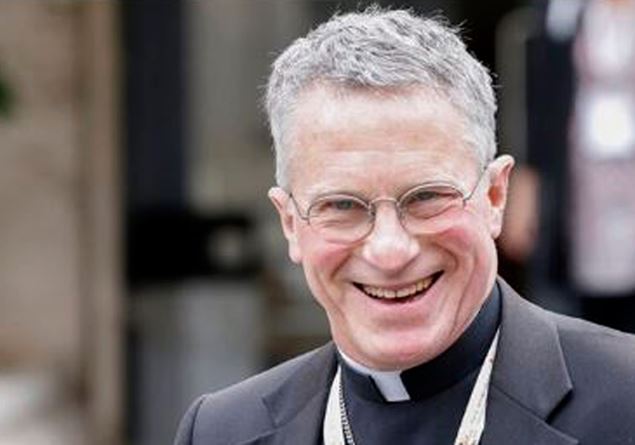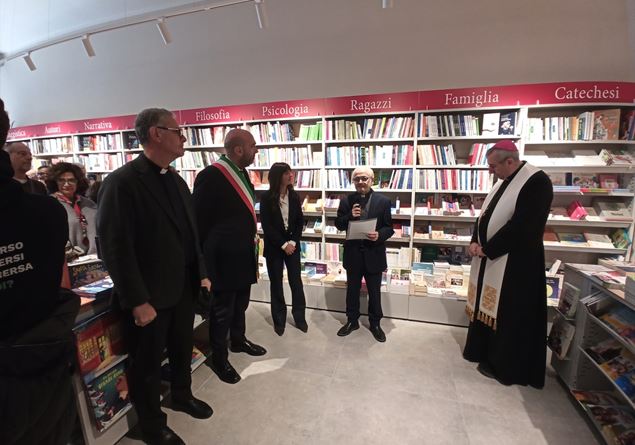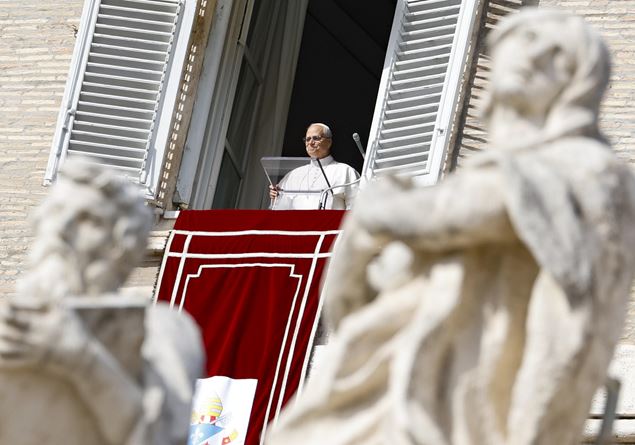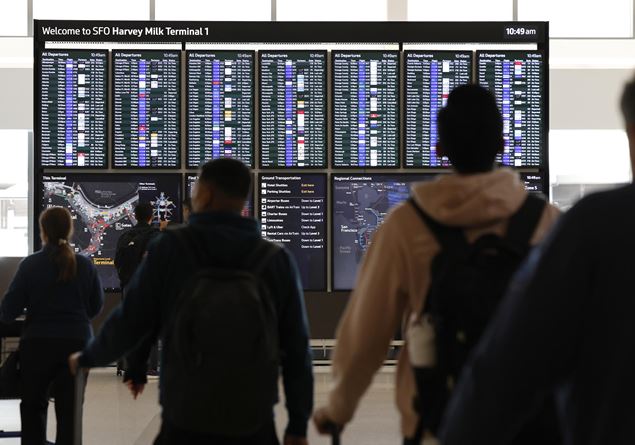by Ludovico Bianchi
It will be the first major meeting of American bishops after the election, last May 8, of the first American pontiff, Leo XIV. From today to Wednesday 13 November, the Plenary Assembly of the United States Conference of Catholic Bishops (USCCB, acronym for United States Conference of Catholic Bishops) will be held in the city of Baltimore, Maryland, a crucial event to define the future of the American episcopate. On this occasion, the new president of the Conference will be elected, since the current one, Monsignor Timothy Broglio – military ordinary for the United States, elected in 2022 – has reached the end of his mandate. But in addition to the renewal of their roles, the bishops will have to face much more urgent and delicate issues. Among these, as stated in the agenda, “the evolution of the situation of migrants and refugees”. A theme that inflames the American political debate and which the Church cannot avoid, even more so now that President Donald Trump’s immigration policy, in his second term which began in January, has taken on brutal tones. The mass expulsions and large-scale operations of ICE (Immigration and Customs Enforcement), which have also affected perfectly legal immigrants without criminal records, have aroused profound concern in large sectors of the episcopate.
The voice of Leo XIV
The American Pope did not remain silent. Several times in recent months, Leo XIV has intervened with clear words in defense of the dignity of migrants and prisoners. On November 4, answering journalists’ questions, he commented on chapter 25 of the Gospel according to Matthew: «At the end of time we will be asked: how did you welcome the stranger? Did you welcome him or not?”. And he added: «In these words there is material for profound reflection. Many of those who have lived for years without ever creating problems are today deeply affected by the present situation.” A stance that shows how much Leo XIV intends to root his pontificate in fidelity to the Gospel, with a pastoral and human look at the social wounds of his country of origin.
The consecration to the Sacred Heart
Among the topics that will be discussed in Baltimore is the consecration of the United States to the Sacred Heart of Jesus, set for June 12, 2026, on the occasion of the 250th anniversary of American independence. A gesture of high symbolic and spiritual value, which marks the continuity of the great “national Eucharistic renewal” initiated by the USCCB and culminated with the Eucharistic Congress of Indianapolis in July 2024. The devotion to the Sacred Heart, spread in the 17th century by Saint Margaret Mary Alacoque, Visitandine of Paray-le-Monial, nun of the Order of the Visitation and French mystic, canonized by Benedict 1920, has a deep connection with the Eucharistic cult. The history of the Church shows how numerous countries have chosen to consecrate themselves to the Heart of Christ: Mexico in 1914, Spain in 1919, Poland in 1920. More recently, in March 2020, Cardinal Antonio Marto renewed the consecration of Spain and Portugal at the sanctuary of Fatima, including 22 other countries, including Albania, Cuba, Slovakia, Moldavia, Tanzania and East Timor. During the assembly, in addition to the discussion on the budget of the Conference, will also talk about the implementation of the Synod on synodality, the teaching of Praised yes and the role of the laity in evangelization.
A divided episcopate
However, the meeting promises to be tense. The divisions within the American episcopate are now evident, in particular regarding the line to be taken towards the Trump administration and its vice president, JD Vance, a newly converted practicing Catholic and staunch supporter of the president’s policies. Many bishops view the harshness of the anti-immigration measures with concern, but so far the Episcopal Conference has not expressed a united position. Only individual prelates took part in demonstrations and initiatives in defense of migrants. Added to this is another source of tension: the suspension, decided by Trump at the beginning of his mandate, of the international cooperation programs of the USAID agency, which in the past financed numerous Catholic NGOs.
Ten candidates for the future of the American bishops
The election of the new president of the USCCB will therefore be a crucial step, and not only for the American Church. The presence of an American Pope on the throne of Peter makes the context even more charged with meaning. Broglio’s mandate, marked by the 2023 Synod, the 2024 Eucharistic Congress and the election of Trump, has been interpreted as a period of “compromise” rather than “continuity”. Now, the challenge will be to elect a president capable of representing the plurality of souls of the American Church, increasingly polarized between those who reject Francis’ legacy and those who embrace his pastoral vision. Among the ten candidates for president and vice-president of the USCCB there are important names. Monsignor Robert Barron, bishop of Winona-Rochester, is known for his digital apostolate across the channel Word on Fire. Then there is Monsignor Edward Weisenburger, archbishop of Detroit, a prophetic voice in favor of the rights of migrants, against the death penalty and for a pastoral care based on mercy: one of the bishops closest to the spirit of Pope Francis. A decisive match will therefore be played in Baltimore not only for the American Episcopal Conference, but to understand what face the Church in the United States will take on in the time of Leo XIV. A Church called to rediscover unity and evangelical courage in a season of profound political and spiritual changes.
in the photo, Archbishop Timothy Broglio.










